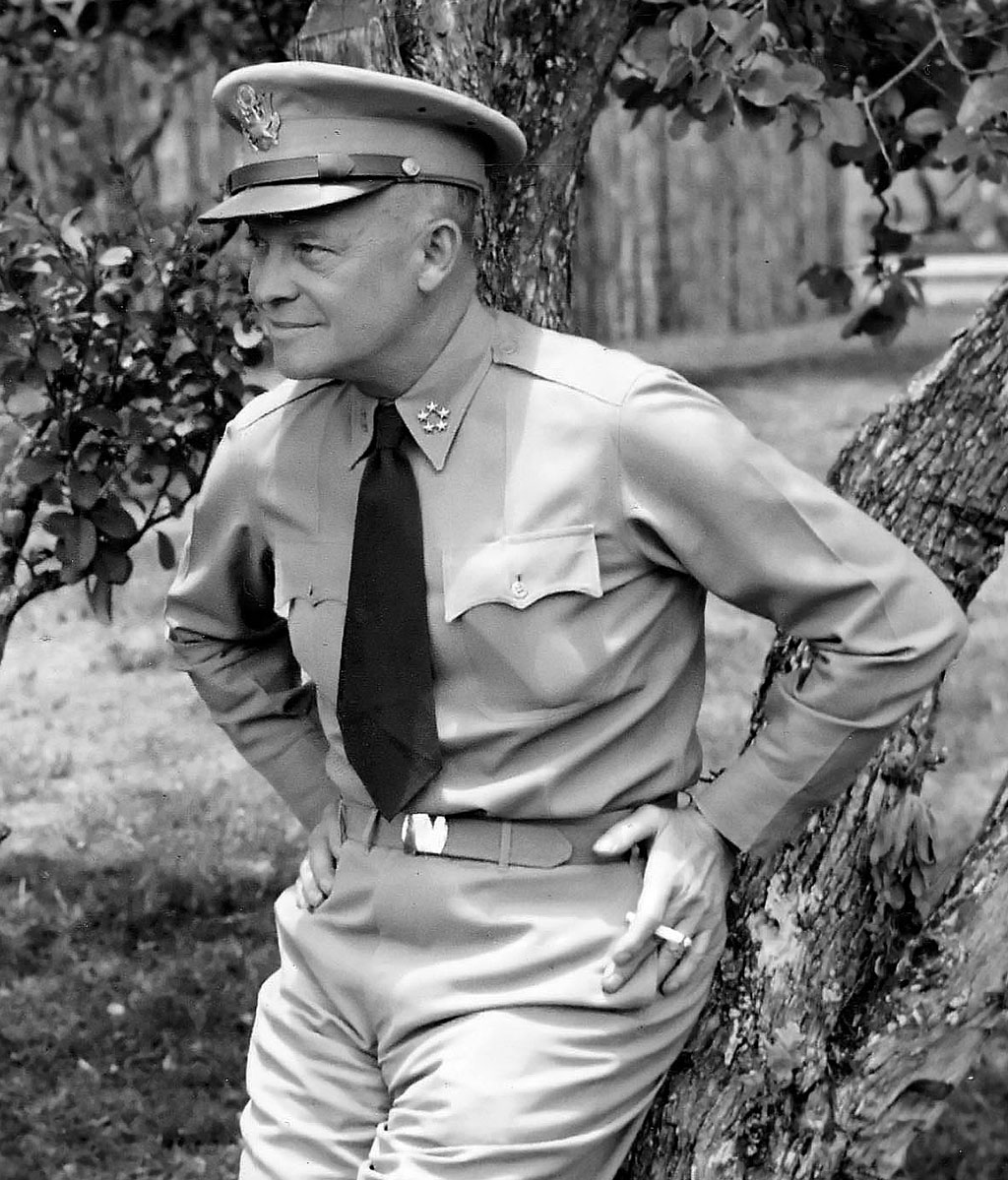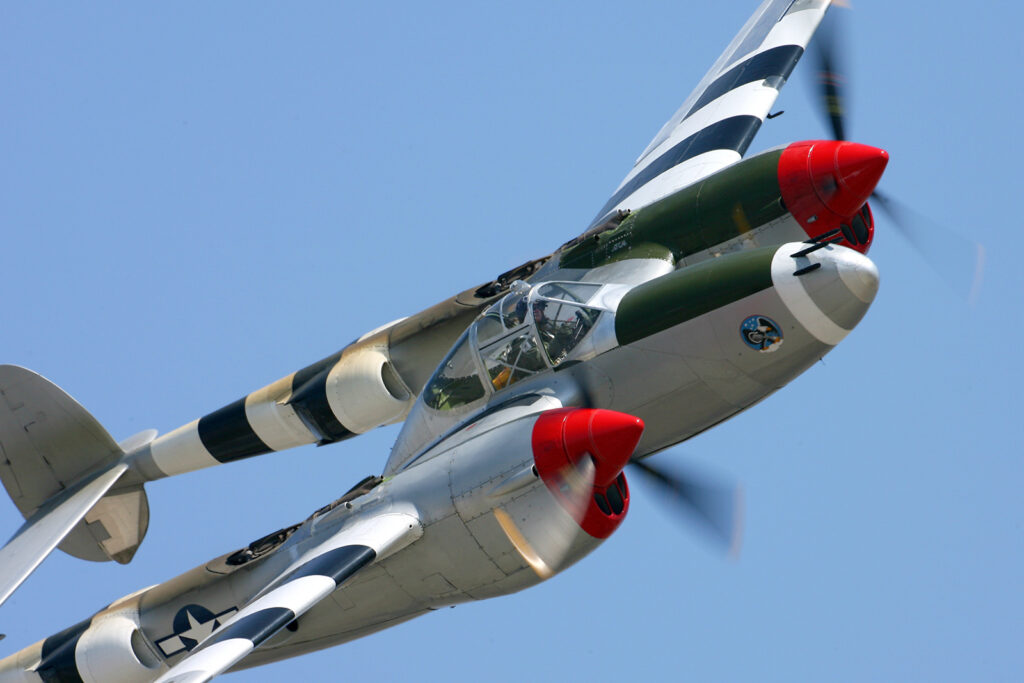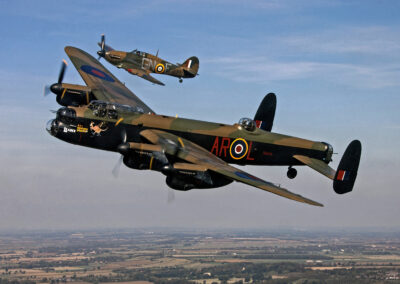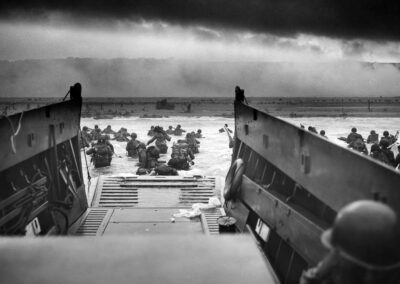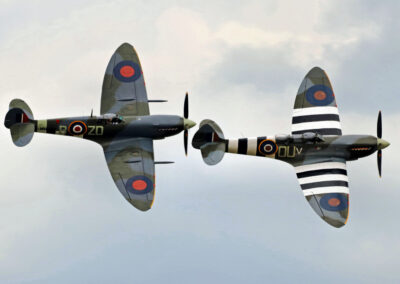Prelude to D-Day
June 27, 2022
The months preceding D-Day were fraught with challenges, including balancing the deep-rooted strategic ideologies of U.S. President Franklin Roosevelt, British Prime Minister Winston Churchill, and officers of the Allied Expeditionary Force. Supreme Allied Commander Dwight Eisenhower supported a strategy known as the Transportation Plan that was championed by the commander of the airborne component of the Allied Expeditionary Forces.
The Transportation Plan’s success was dependent upon military aircraft which would target France’s railroads to cut off German troops from their leadership and supplies at home. Opposing parties wanted to use air raids to take out Germany’s oil industry. The Transportation Plan would ultimately ‘isolate the battlefield’ as the transportation network leading to northern France and the infrastructure supporting Luftwaffe operations there were destroyed.
At Eisenhower’s behest, the Combined Bomber Offensive (CBO) orchestrated a prolonged sequence of raids intended to destroy key railways and lure the Luftwaffe into a decisive battle by attacking the German aircraft industry. These attacks on the German aircraft industry were so successful that the once-powerful Luftwaffe was virtually absent from the skies over Normandy on June 6.
Air superiority over the invasion beaches, which had long been considered the vital prerequisite to Operation Overlord, was achieved. Ike’s decisiveness once again played a pivotal role in a successful outcome for the Allies.
On June 6, the Eighth Air Force contributed 1,361 four-engine heavy bombers to support the landings. By that point, the United States Strategic Air Forces (USSTAF) boasted 59 bombardment groups and more than 2,800 four-engine bombers. The combined efforts of the fighter commands of the Eighth and Ninth Air Forces flew nearly 4,000 fighter sorties on D-Day alone.
As Allied paratroopers waged an inland assault and their counterparts ruled the sky overhead, just under 7,000 ships began naval bombardments and landing thousands of soldiers on the Normandy beaches. These troops were tasked with breaching the German line, but formidable strongholds stood between them and their objective – mines, steel barriers, concrete barricades and artillery batteries were among the defensive measures they faced. Utah and Omaha Beaches were to be taken by an American amphibious assault, Gold and Sword were British beaches and Juno was assigned to the Canadians.
Led by Supreme Allied Commander Dwight Eisenhower, the months of planning by brilliant strategists, combined with thousands of ships and planes, hundreds of thousands of military personnel, and exceptional displays of skill and courage eventually led to a full German retreat following D-Day.
Your investment in this project will allow us to leave a legacy to future generations of dignity, freedom, and peace through America’s role in today’s world.

